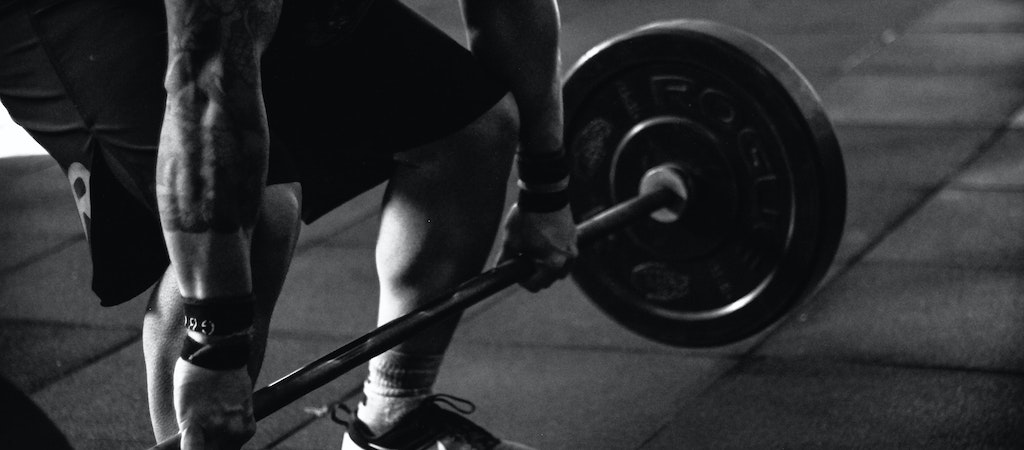
Tips to Help You Recover From a Pulled Muscle
A pulled muscle is a common injury that can happen to anyone. Whether in your back, neck, shoulder, leg, or any other part of your body, a pulled muscle can be painful and limit your ability to perform everyday tasks and activities you love. However, you can recover from a pulled muscle effectively with the proper care and patience. This comprehensive guide explores the causes of pulled muscles and the different types of muscle strains and provides valuable tips to help you recover and return to normal activities.
Understanding Pulled Muscles
Before delving into the recovery process, it’s essential to understand what a pulled muscle is and how it happens. A pulled muscle occurs when the muscle fibers and tendons are stretched beyond their limits or torn. Many muscle pull remedies can help accelerate the healing process and reduce discomfort. But you have to know the reason behind your muscle strain, the severity of the injury, and your individual needs to choose the most appropriate remedy for your situation.
- Overexertion: Pushing your muscles too hard during physical activity, such as lifting heavy objects or sudden, explosive movements.
- Poor Warm-Up: Failing to properly warm up before exercise can increase the risk of muscle strains.
- Muscle Fatigue: Working muscles that are already fatigued or weakened can lead to strains.
- Inadequate Flexibility: Lack of flexibility can make muscles more prone to strains during movements that require a wide range of motion.
- Direct Impact: Trauma or a direct blow to a muscle can cause it to strain or tear.
- Sudden Twisting: Sudden, uncontrolled twisting motions can strain muscles in the affected area.
Initial Care for a Pulled Muscle
If you suspect you’ve pulled a muscle, taking immediate action to minimize damage and begin the healing process is crucial. Stop the activity causing the strain and avoid using the affected muscle as much as possible. Rest is essential for preventing further injury. Ice helps reduce swelling and alleviate pain. Be sure to wrap the ice pack in a cloth to prevent frostbite. Use an elastic bandage to compress the injured area gently. Compression helps reduce swelling and provides support to the strained muscle. Elevating the injured limb or region can help minimize swelling by allowing excess fluid to drain away from the injured site.
Tips for Recovery
Recovering from a pulled muscle is a gradual process that requires patience and diligent care. Here are some valuable tips to help you navigate the recovery journey:
- Follow R.I.C.E.
Remember the acronym R.I.C.E., which stands for Rest, Ice, Compression, and Elevation. Continue this protocol during the initial 48-72 hours following the injury to reduce swelling and promote healing. Over-the-counter pain relievers can aid with the pain and inflammation. Always follow the recommended dosage, consulting a healthcare provider if pain persists.
- Gentle Stretching and Strengthening Exercises
Once the initial pain and swelling subsided, gentle stretching exercises can help improve the affected muscle’s flexibility and range of motion. Be cautious not to overstretch, as this can worsen the injury. As your muscle heals, gradually introduce strengthening exercises to rebuild muscle strength and prevent future strains. Consult a physical therapist for a customized rehabilitation program.
- Heat and Massage Therapy
After 48-72 hours, heat therapy, such as warm compresses or a heating pad, is used to relax the muscles and increase blood flow. Heat can be beneficial for chronic muscle strains. Massage can aid in muscle recovery by improving circulation and reducing muscle tension. However, ensure your massage therapist knows your injury to avoid exacerbating the strain.
- Supportive Gear
Depending on the location and severity of your pulled muscle, you may benefit from using supportive gear, such as braces or wraps, to provide additional stability during the healing process. Once your muscle has healed significantly, gradually reintroduce physical activity. Start with low-impact exercises and progressively increase intensity and duration. Listen to your body and stop any activity if you experience pain or discomfort.
- Maintain Proper Nutrition and Stay Hydrated
Eating a balanced diet rich in nutrients can aid in the healing process. Ensure you’re getting an adequate intake of vitamins and minerals, particularly those that support muscle health, such as vitamin D and magnesium. Proper hydration is essential for overall health and muscle function. Dehydration can lead to muscle cramps and strains, so drink enough water throughout the day.
Recovering from a pulled muscle requires a combination of rest, proper care, and gradual rehabilitation. While it can be frustrating to deal with a muscle strain, following these tips and seeking professional guidance when necessary will help you recover effectively. Remember that each person’s healing timeline is unique, so be patient with yourself during the recovery process. With the right approach, you can overcome a pulled muscle and regain strength and mobility, returning to the activities you enjoy.
Daily Newsletter
Subscribe to Jebiga for a dose of the best in gear, design, rides, tech and adventure.






